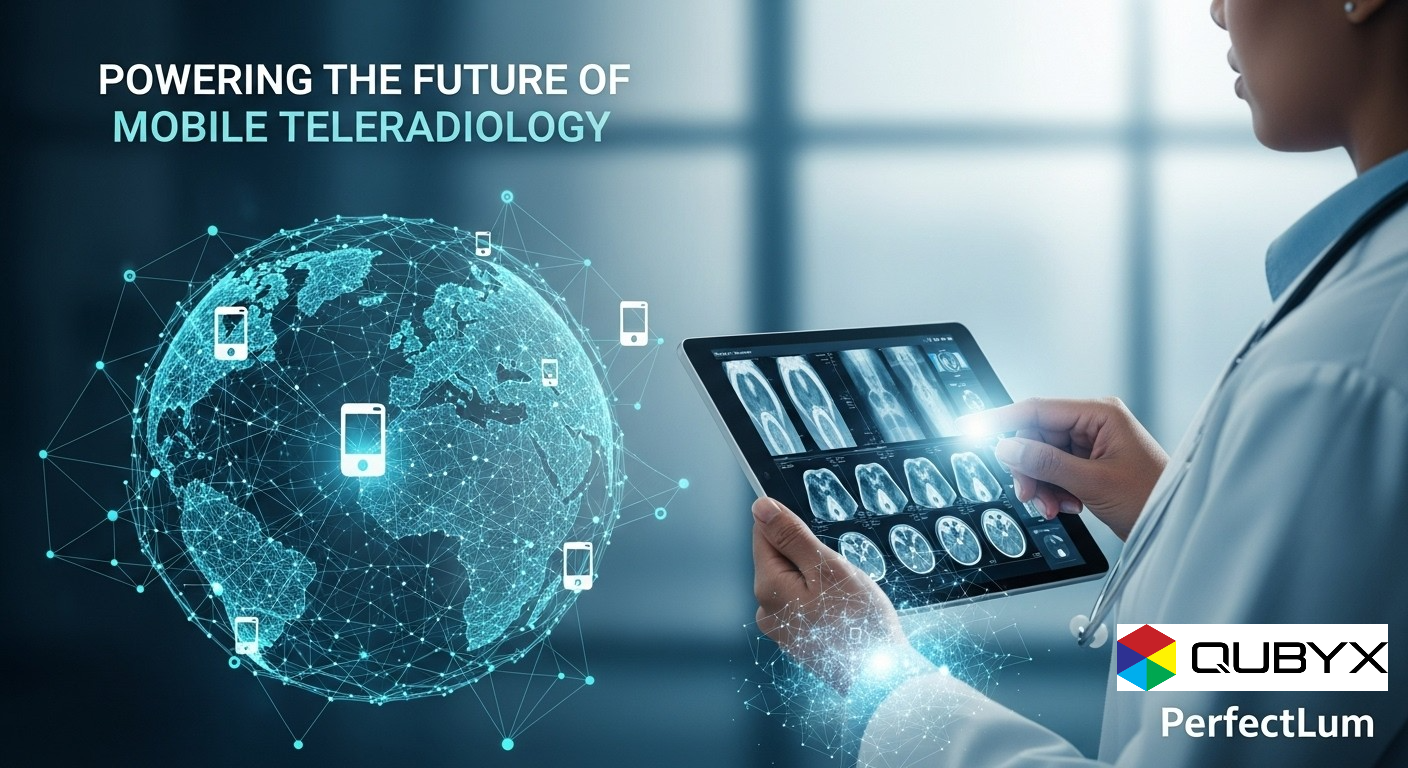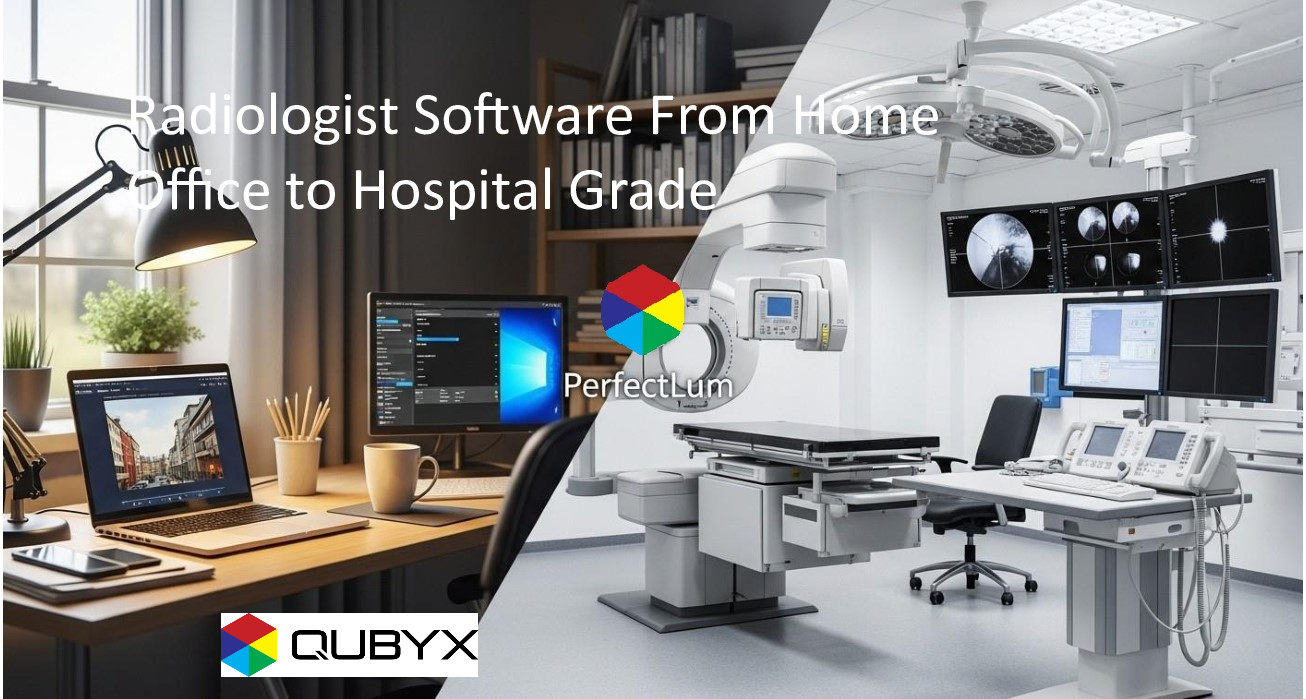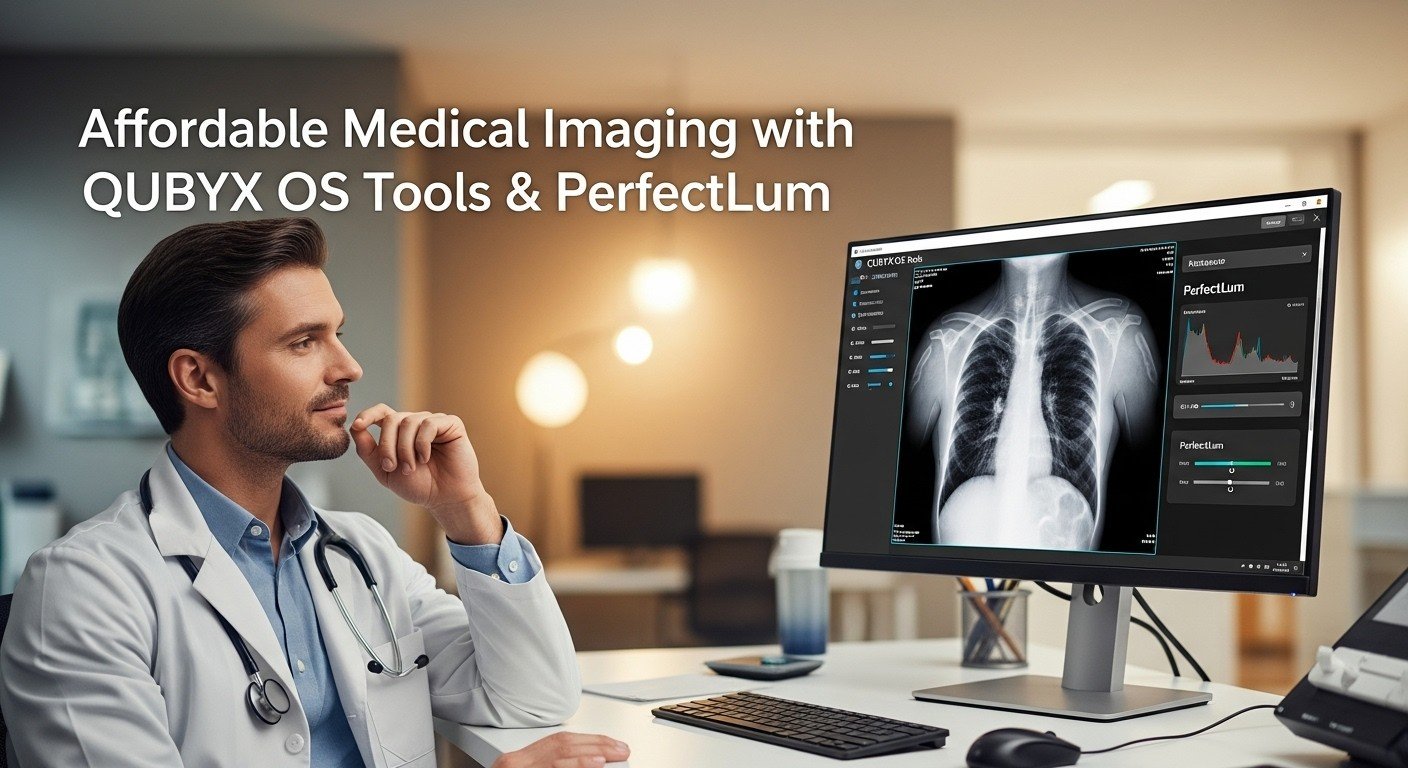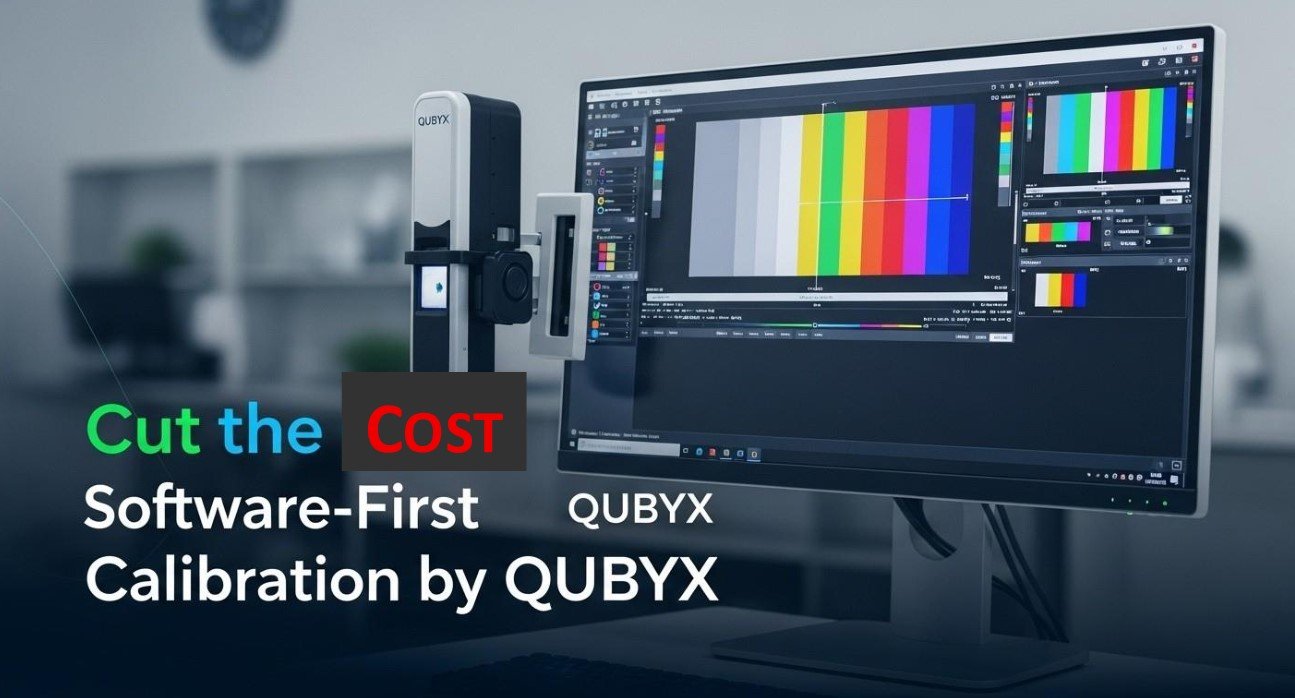The New Frontier of Healthcare: PerfectLum’s Role in Mobile Teleradiology
Mobile radiology is crossing a tipping point, reshaping how clinicians diagnose, collaborate, and assure quality across distances and devices. At the heart of this shift is PerfectLum, a software-first calibration and QA platform that brings hospital-grade visualization to phones, tablets, 2-in-1s, and lightweight field workstations. As care teams extend diagnostics to the patient’s bedside, ambulance, rural clinic, or home, mobile teleradiology must guarantee that images remain trustworthy—no matter the screen, setting, or network. PerfectLum closes that gap by aligning displays to clinical standards, enabling safer decisions where time and context matter most in mobile teleradiology.
Why mobile radiology is different—and harder
Radiologists and on-call physicians increasingly consult from outside the reading room. They triage trauma, advise emergency teams, and validate findings during procedures—often on non-traditional devices. That flexibility is powerful, yet it introduces variability in luminance, contrast, color tone, ambient light, and device aging. For mobile teleradiology, these variables can jeopardize subtle findings such as faint pneumothorax lines or low-contrast liver lesions. PerfectLum hardens the workflow by measuring, calibrating, and verifying the display’s performance, turning the weakest link into a reliable surface for mobile teleradiology.
Software-first QA that travels with clinicians
PerfectLum applies proven calibration curves and QA routines (including routine checks, trend tracking, and tolerance alerts) without demanding exotic hardware. Profiles and policies are centrally managed and then synchronized to endpoints. That means a clinician on a tablet, a paramedic’s rugged laptop, or a surgeon’s side-cart monitor all receive uniform QA baselines. In mobile teleradiology, this reduces the risk of “screen roulette,” where the same CT can look different across devices. With PerfectLum, consistent grayscale response and uniformity are maintained so reads remain dependable in mobile teleradiology.
The telehealth imaging stack, modernized
Telehealth imaging is more than video calls; it’s a pipeline of capture, compression, display, collaboration, and documentation. PerfectLum strengthens the display leg of that pipeline, integrating with existing viewers, PACS/VNA, and collaboration tools. In practice, this means telehealth imaging consults can escalate from quick opinions to data-driven decisions supported by calibrated monitors. For mobile teleradiology, where clinicians toggle between chat, viewer, and EMR on compact screens, PerfectLum sustains fidelity and legibility so that speed doesn’t compromise accuracy in mobile teleradiology.
From ad-hoc laptop to enterprise policy
Hospitals worry about drift: devices go off policy, OS updates reset drivers, or users adjust settings. PerfectLum introduces enterprise-grade governance with policy inheritance, scheduled checks, audit logs, and exception handling. In mobile teleradiology, this turns “bring-your-own-device” chaos into a controlled perimeter—ideal for surge staffing, academic consult networks, and cross-border radiology groups. When auditors ask how you ensured diagnostic quality outside the reading room, PerfectLum’s reports provide clear, defensible evidence for mobile teleradiology.
Ambient light awareness and field resilience
Mobile environments are harsh: bright wards, moving vehicles, dim home offices. PerfectLum supports environmental considerations by guiding users to adjust ambient light or switch to profiles suited for glare and brightness constraints. This pragmatic guardrail is critical for mobile teleradiology, where field decisions can’t wait for perfect conditions. The result is safer interpretation when circumstances are unpredictable—exactly the scenario mobile teleradiology was built to serve.
Speed, triage, and collaboration without quality trade-offs
Speed is the point: rapid triage, stroke pathways, trauma calls. PerfectLum keeps quality intact while enabling quick turnarounds. Radiologists can provide annotated feedback that others trust, because the underlying display calibration is known. That makes mobile teleradiology viable for night floats and international coverage partnerships. As teams hop into shared cases or screen-share windows, PerfectLum lets them assume a consistent baseline—no second-guessing tones and edges in mobile teleradiology.
Remote patient monitoring meets imaging confidence
As remote patient monitoring expands—from cardiology to oncology follow-ups—visual signals and imaging snippets increasingly enter the clinician’s workflow. PerfectLum ensures those visuals are viewed against calibrated targets, turning trend changes into credible clinical insight. This matters when RPM dashboards embed X-ray thumbnails, ultrasound clips, or derm images. With PerfectLum supporting the display layer, remote patient monitoring data is interpreted more consistently, and borderline visuals trigger the right escalation.
Security, privacy, and auditability
Mobile scenarios intensify security needs. PerfectLum fits within enterprise controls, supporting role-based access, secure deployment, and update governance. Its audit logs prove that calibration and QA occurred as scheduled, vital for compliance. For mobile teleradiology, that proof is not administrative overhead—it’s patient safety and legal defensibility. If a case is reviewed months later, your logs show the device was within tolerance at the time of interpretation, strengthening the integrity of mobile teleradiology.
PerfectLum for mobile: practical wins you can measure
“PerfectLum for mobile” isn’t a stripped-down edition; it’s the same philosophy of software-first calibration adapted for ultra-portable hardware. Organizations report fewer unreadable studies due to poor brightness, more consistent cross-team reviews, and less time wasted troubleshooting display issues. For telehealth imaging, that translates into smoother consult loops and higher first-pass agreement. When scaled, the savings compound: fewer re-reads, tighter SLAs, and more confident sign-offs—all foundational for sustainable mobile teleradiology.
Implementation blueprint
-
Assess & baseline: Inventory mobile devices, note panel types, and measure current performance. For mobile teleradiology, prioritize devices used for urgent consults.
-
Policy & profiles: Define luminance targets, QA cadence, and ambient guidelines.
-
Deploy & verify: Push PerfectLum agents, run initial calibration, and lock guardrails.
-
Monitor & improve: Track drift, retrain outliers, and refine profiles by service line. This cycle institutionalizes quality so mobile teleradiology remains reliable as fleets evolve and workloads surge in mobile teleradiology.
The clinical bottom line
When clinicians trust what they see, they act faster and with greater certainty. PerfectLum elevates telehealth imaging from convenient to clinically rigorous, extending true diagnostic discipline to the edge of care. In mobile teleradiology, that means decisive reads on imperfect networks and imperfect days—without compromising patient outcomes. By standardizing displays and simplifying QA, PerfectLum turns a messy device landscape into a cohesive, governed platform for mobile teleradiology.
Future-ready and standards-aligned
Display technology is changing quickly—mini-LED brightness peaks, OLED contrast, adaptive refresh, HDR pipelines. PerfectLum abstracts those differences behind policy-driven calibration and verification, so your fleet remains future-proof. For mobile teleradiology, this protects your investment as new device classes appear. Pair that with telehealth imaging growth, and the case is clear: governance at the display layer is strategic, ensuring continuity and trust in mobile teleradiology.
Key Takeaways
-
PerfectLum delivers hospital-grade calibration and QA to mobile devices, eliminating variability in mobile teleradiology.
-
Enterprise policy, ambient guidance, and auditability make mobile teleradiology safer, faster, and more defensible.
-
Integrated with telehealth imaging and remote patient monitoring workflows, “PerfectLum for mobile” converts convenience into clinical reliability.
Ready to operationalize mobile diagnostics? Standardize the display layer first—then scale confidently with PerfectLum at the core of your mobile teleradiology program.
Learn more about QUBYX OS Tools and PerfectLum Suite — the most advanced Claibration software-first solutions for radiology, teleradiology, and clinical imaging environments.
Visit www.qubyx.com
To secure medical-grade display precision while reducing the recurring costs of proprietary hardware, the answer is clear: transition to a Calibration Software platform like QUBYX OS Tools (Free) and PerfectLum today.
Tags:




